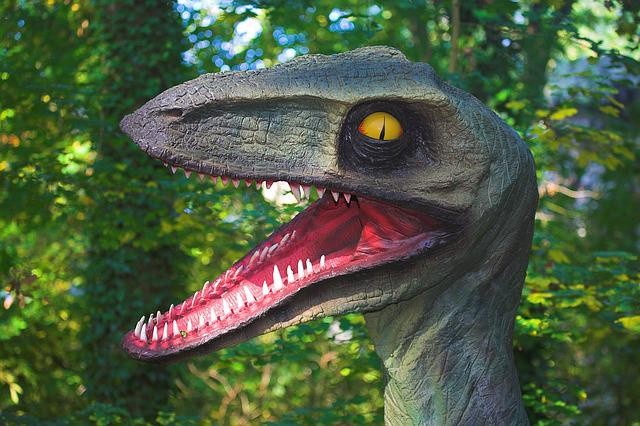
Whether dinosaurs are hot or cold-blooded could be answered by paleontologists tackling this question for a long time. No one knows the facts, so many arguments have been spawned by how to come up with something once and for all, mentioned Paperzz.
But scientists claim they've got the answer to whether these prehistoric reptiles were able to generate their body heat or not.
Dinosaurs Neither Warm nor Cold-Blooded
These ancient reptiles are thought to be slow, lumbering, opposite of warm-blooded like the oldest living relatives of these extinct species that are crocodiles, reported Science Alert. But continuing studies seem to contest this conclusion.
Hints that metabolic rates are in eggshells, even living in the colder regions of the earth when they were alive. These signals that saurians are just like mammals that can keep warm. One example is those directly related to hummingbirds possessing the highest metabolic rate of any bird.
It is that saurian is neither ectothermic nor endothermic, but with another implication. They are mesothermic like a turtle which regulates internal energy to control body heat, though it's not like how mammals and birds do it, noted Nature.
Yale University molecular paleobiologist Jasmina Wiemann devised a way to gauge the metabolic rates of these ancient lizards via their fossils. She said that oxygen conversion is how chemicals fuel bodies with by-products like protein, sugar, and lipids forming chemically stable waste. This is true of hot or cold-blooded for generating fuel internally, per Feild Museum.
Read Also: Elon Musk Net Worth 2022: Tesla CEO's Value Grew from $2 Billion to $279 Billion in 10 Years!
Attempts to measure metabolism from leftover minerals in dinosaurs' fossils are inaccurate due to a lack of information on how fossilization transforms these minerals. Instead, the remaining chemicals from breathing when alive are more precise.
Study on How Dinosaurs Could Survive Mass Extinction
The study used femurs of 55 types that included dinos, pterosaurs, plesiosaurs, modern avians, and lizards today; to look for the elusive chemical waste.
Compiling how many chemicals from breathing in the fossils to the still alive animals; Wiemann and colleagues as the scale were developed for it. Next, the metabolism of extinct creatures was estimated.
She added that paleontologists questioning if dinos were capable of internally controlling their body heat or not is one of the oldest questions in paleontology, and there is a consensus that these ancient lizards are warm-blooded.
Dino species of the lizard-hipped saurischians, including Triceratops and Stegosaurus, possessed the metabolic rate of most non-warm blooded reptiles living today. Except other dino families were the opposite instead.
Pterosaurs are warm-blooded, which shows that their ornithodiran ancestors are similar to their forebears before their split from the other dino families.
Endothermic birds have this characteristic that is older than thought. Such a conclusion will discount the presumption that mammals and birds survived the mass extinction in the late cretaceous became they are warm-blooded. Many ancient reptiles had the same characteristic that changed things.
Wiemann remarked that a high metabolism is a key to surviving a mass extinction event and moving forward in evolution.
Earth is in a sixth mass extinction, making it imperative to know how dinosaurs survived climate change. Learning that breathing residue can be used to calculate hot or cold-blooded metabolic rates is a breakthrough in understanding extinct thunder lizards.
Related Article : A Study of How Anna's Hummingbirds Would React to Different Climates When Taken To Higher Altitudes








